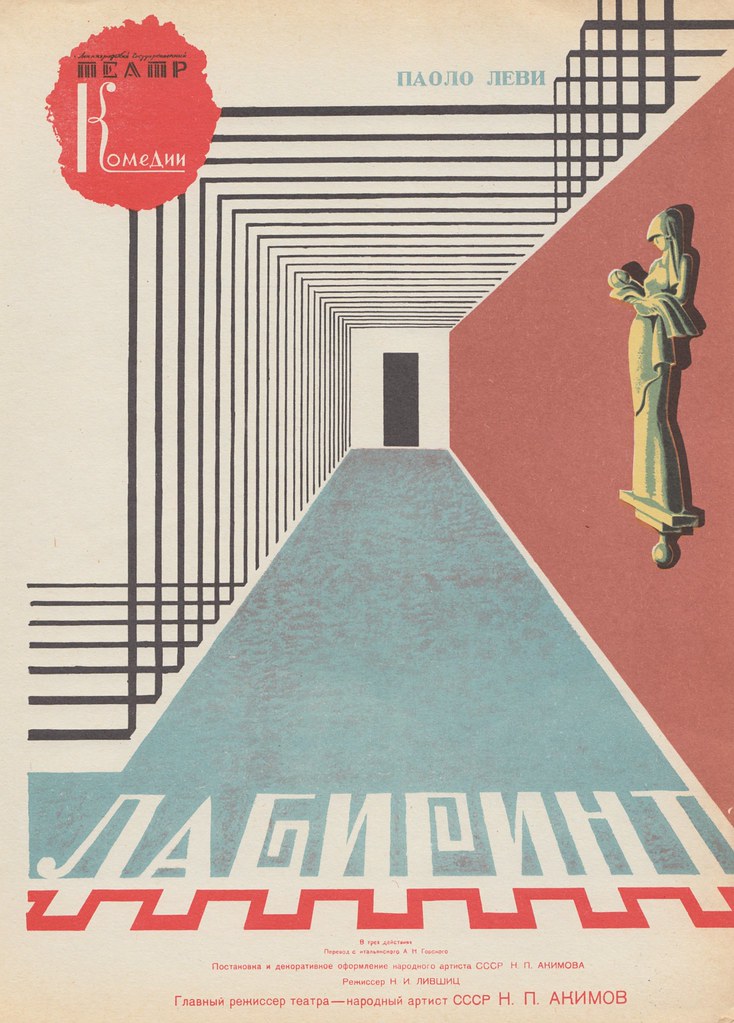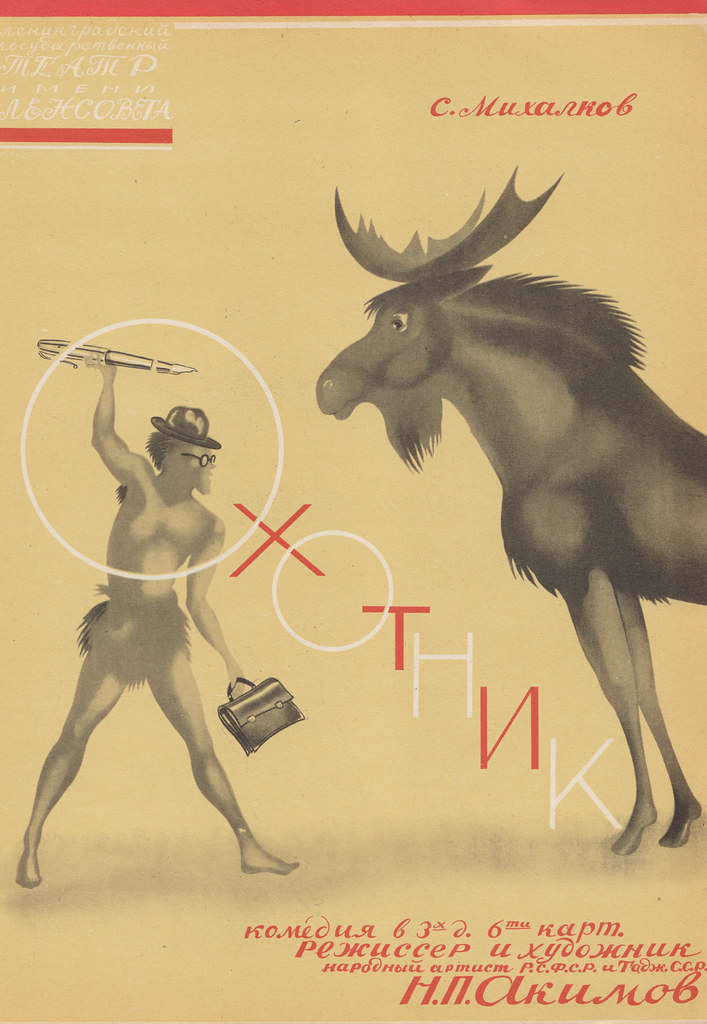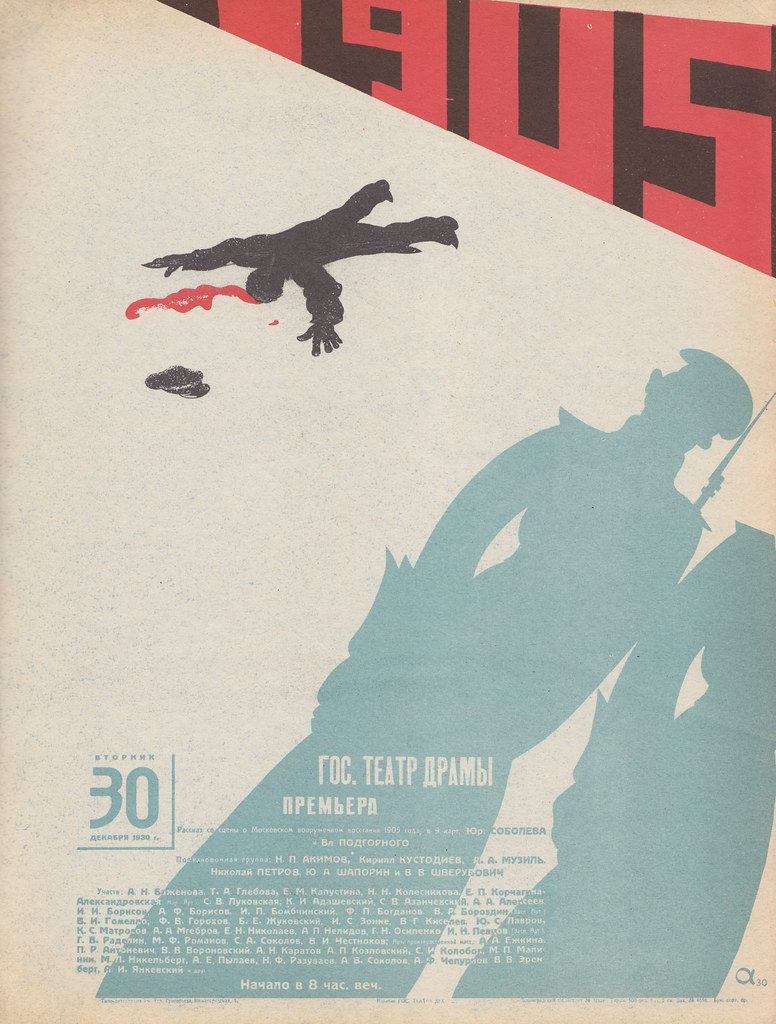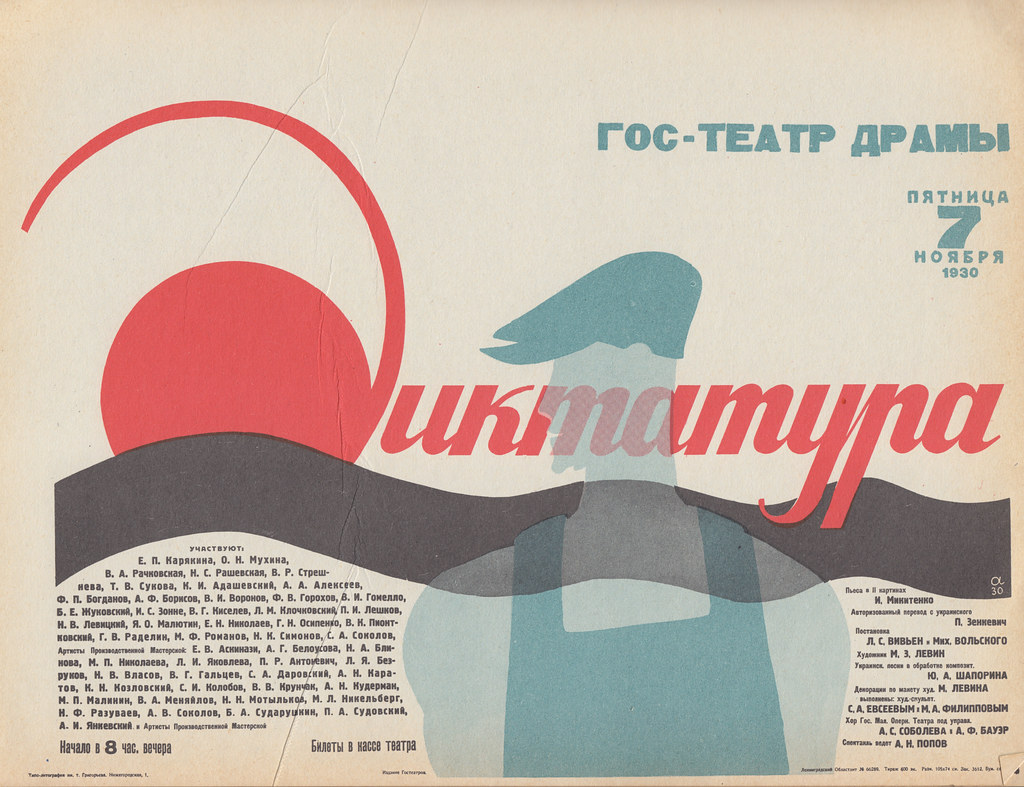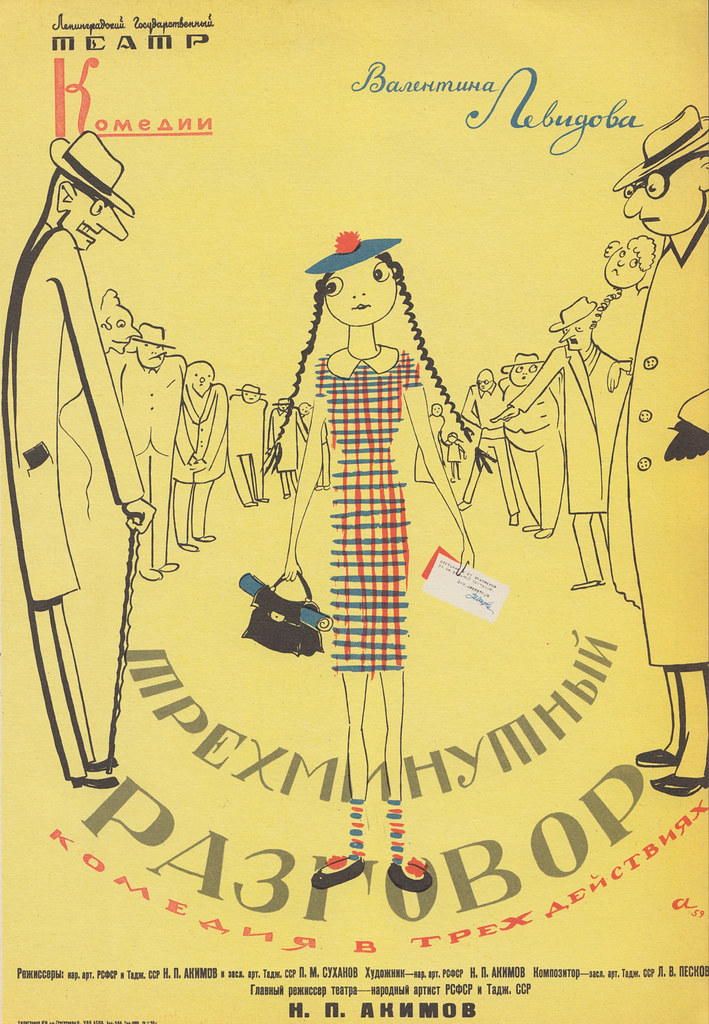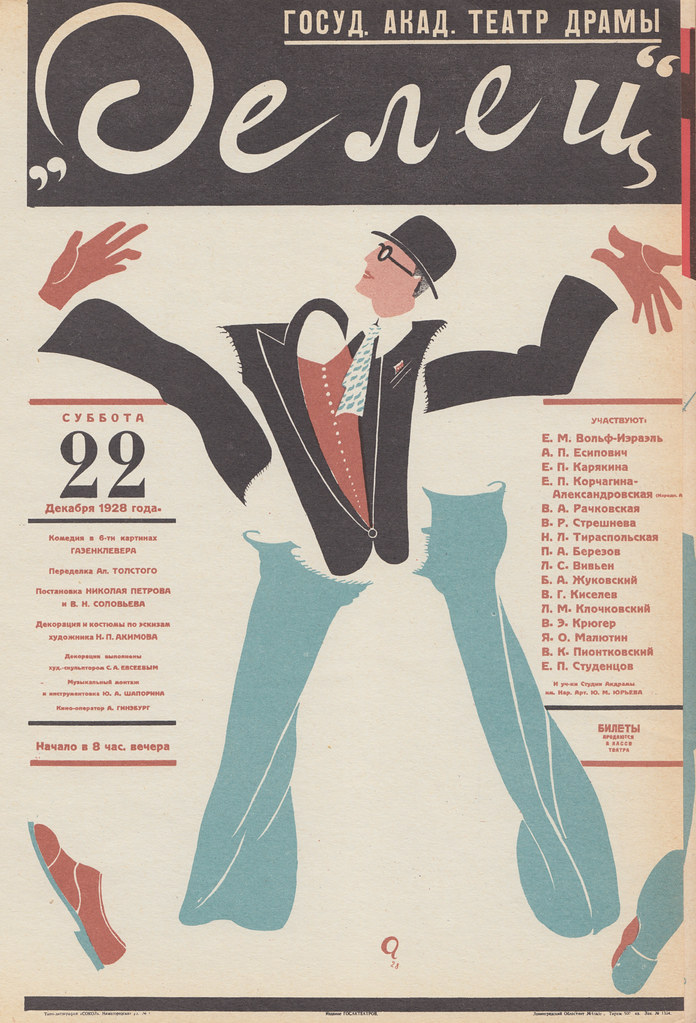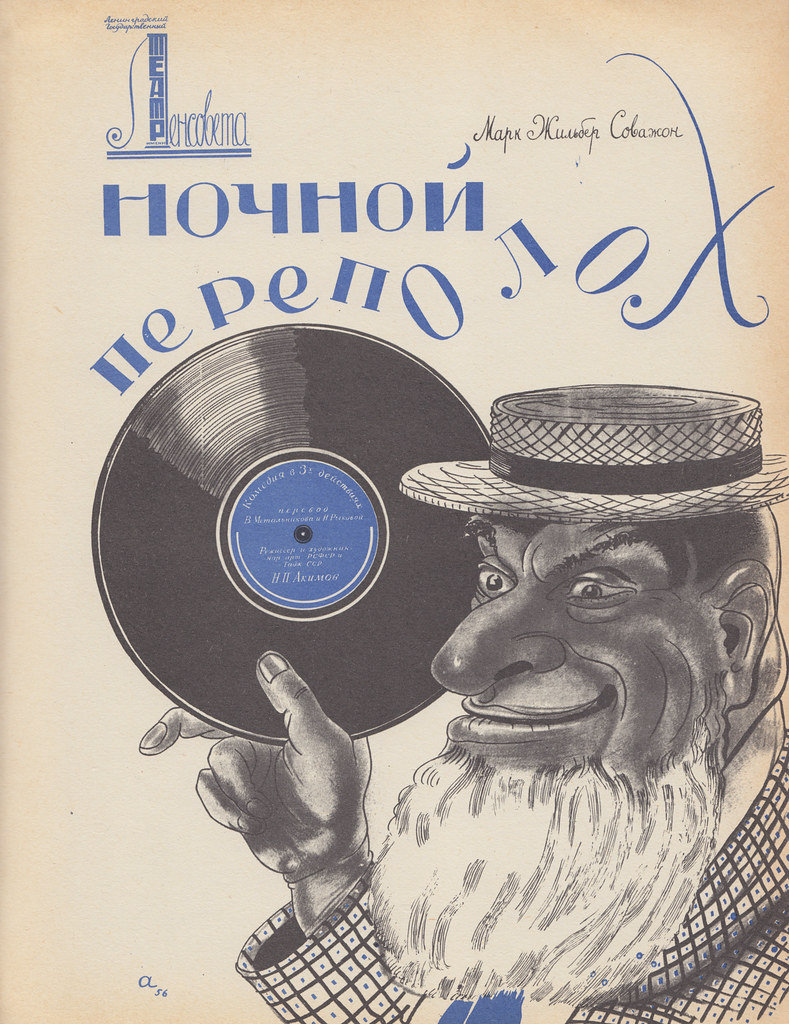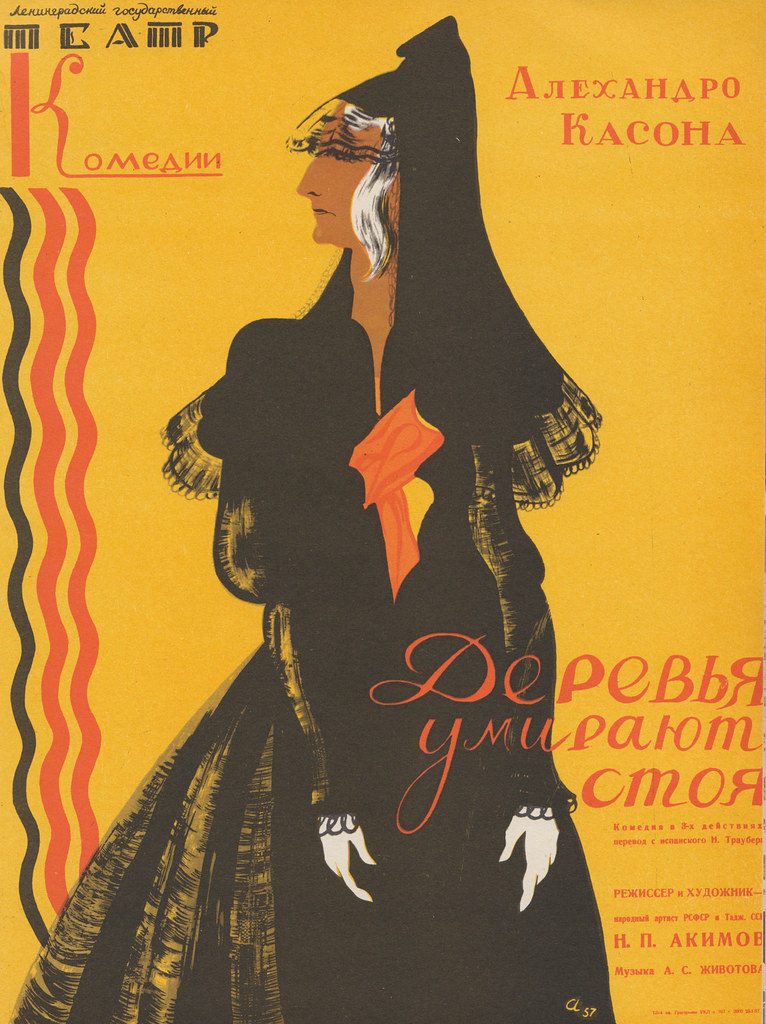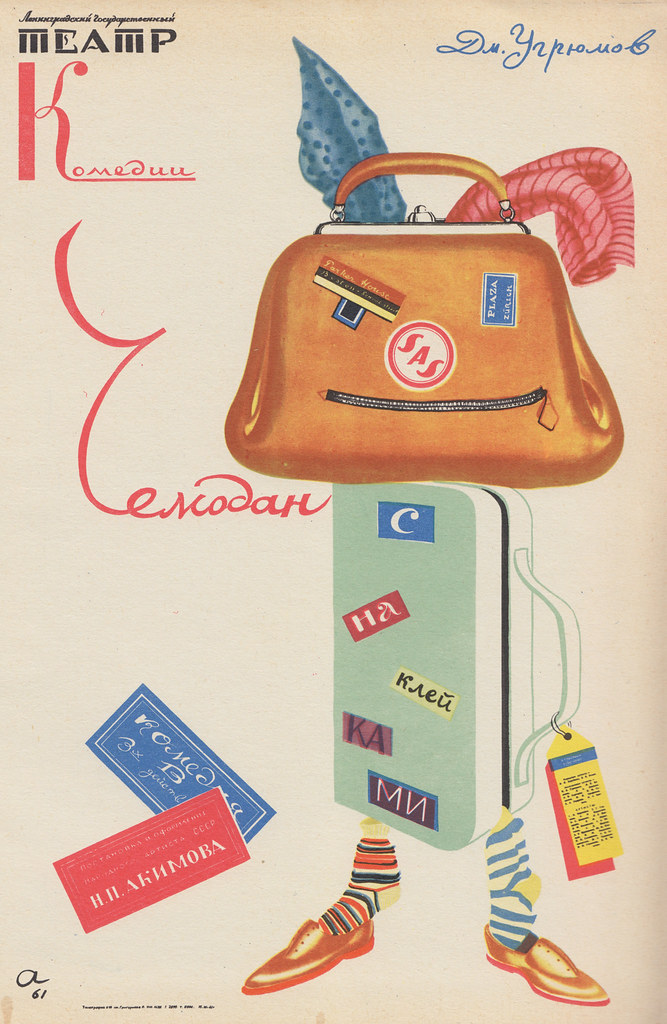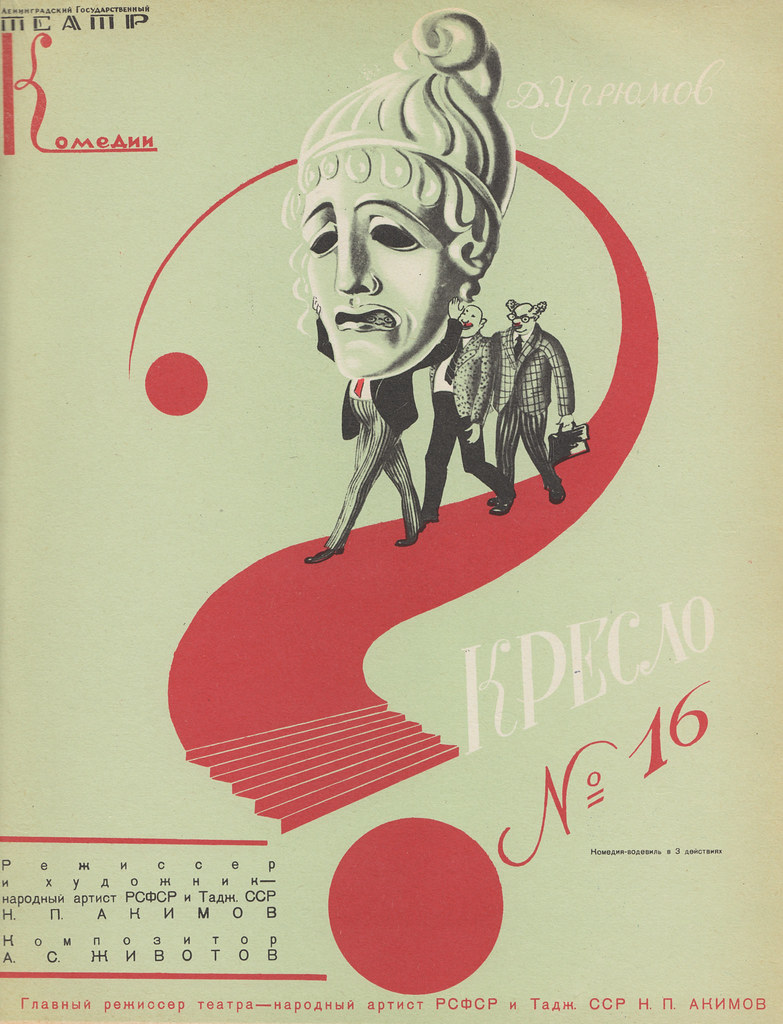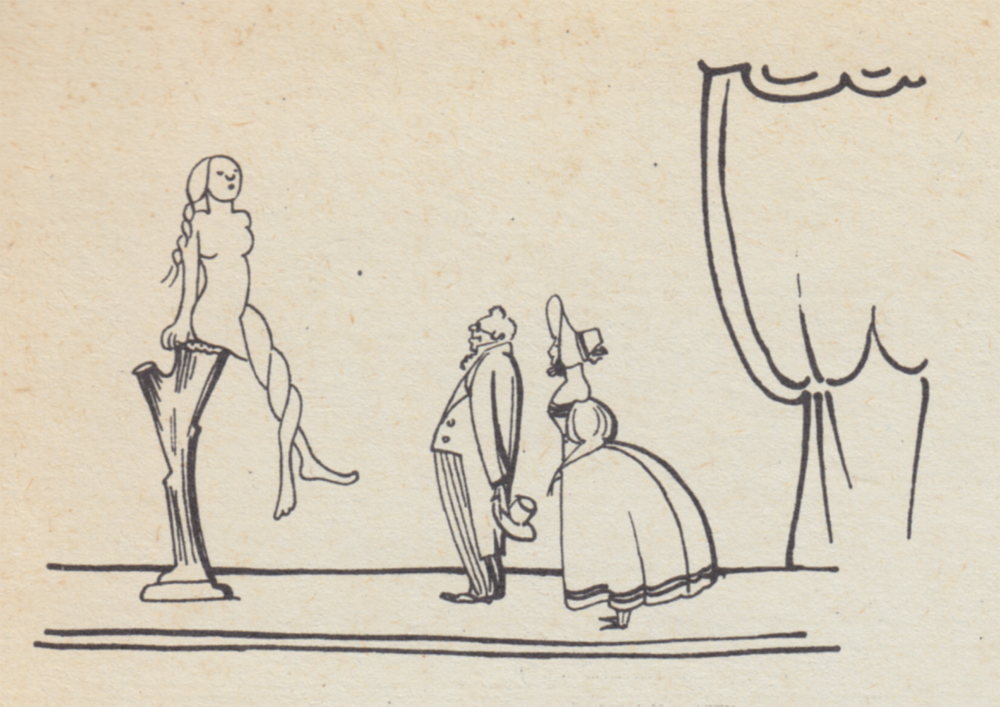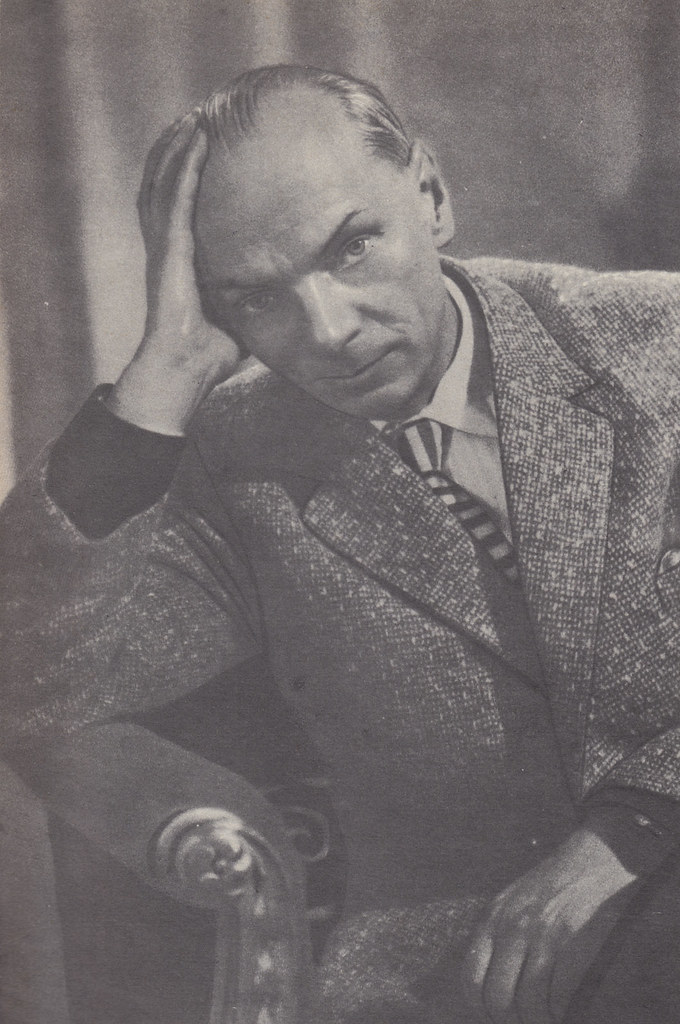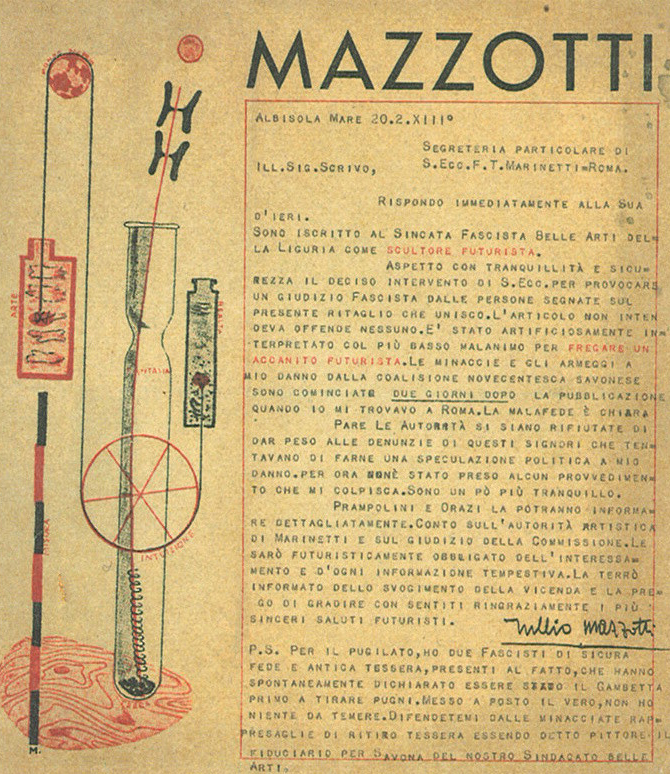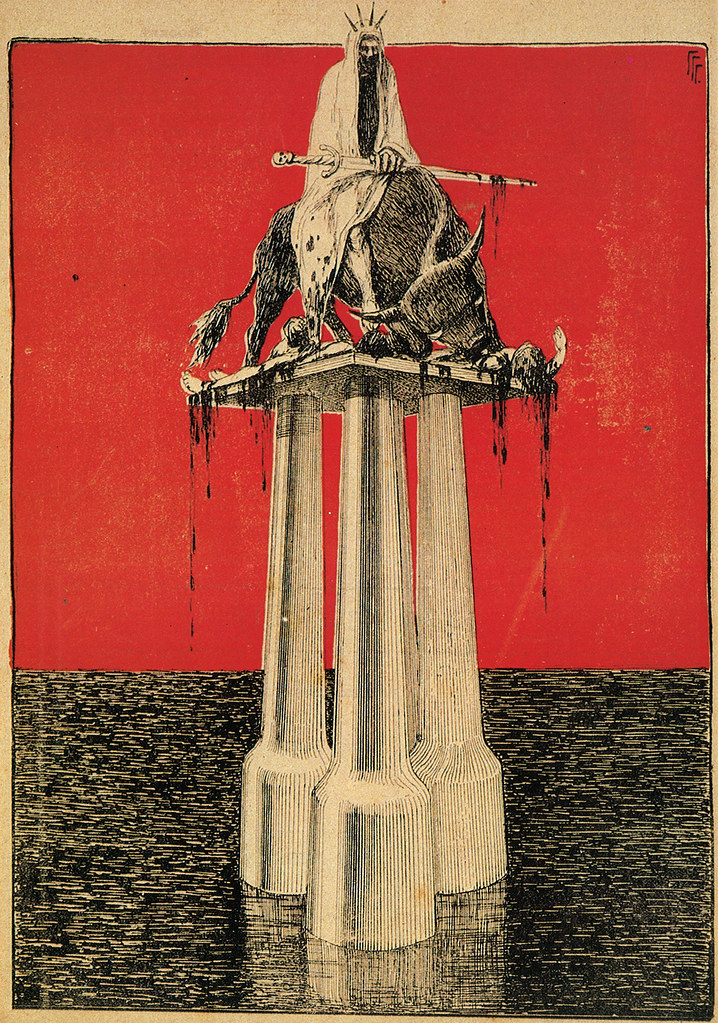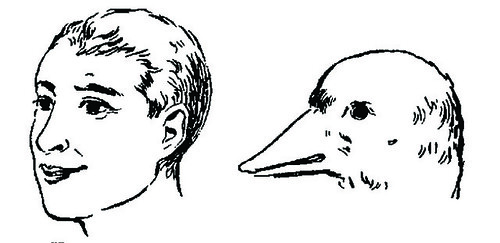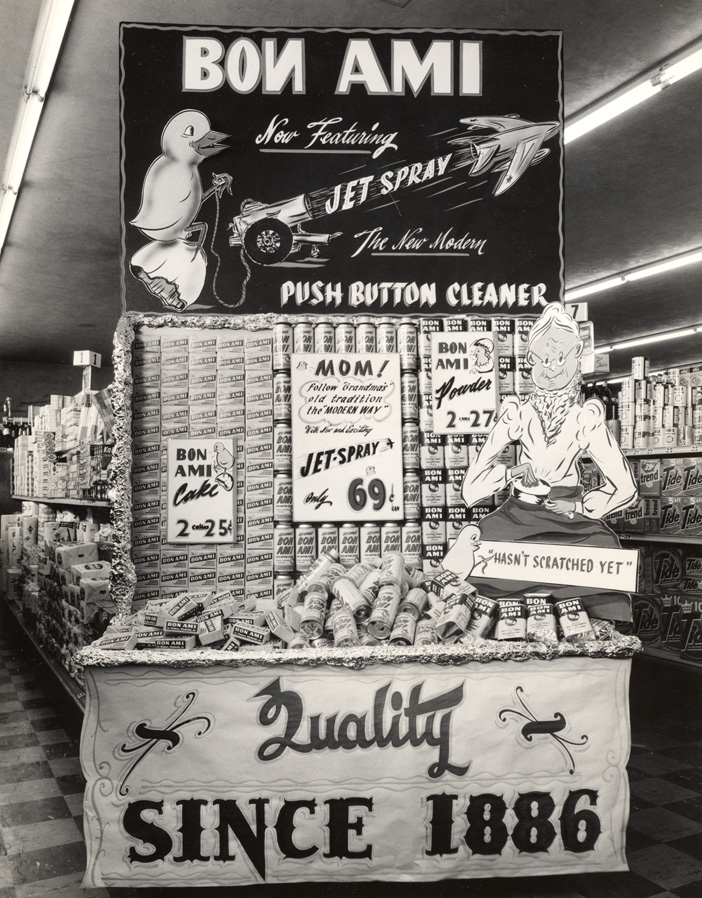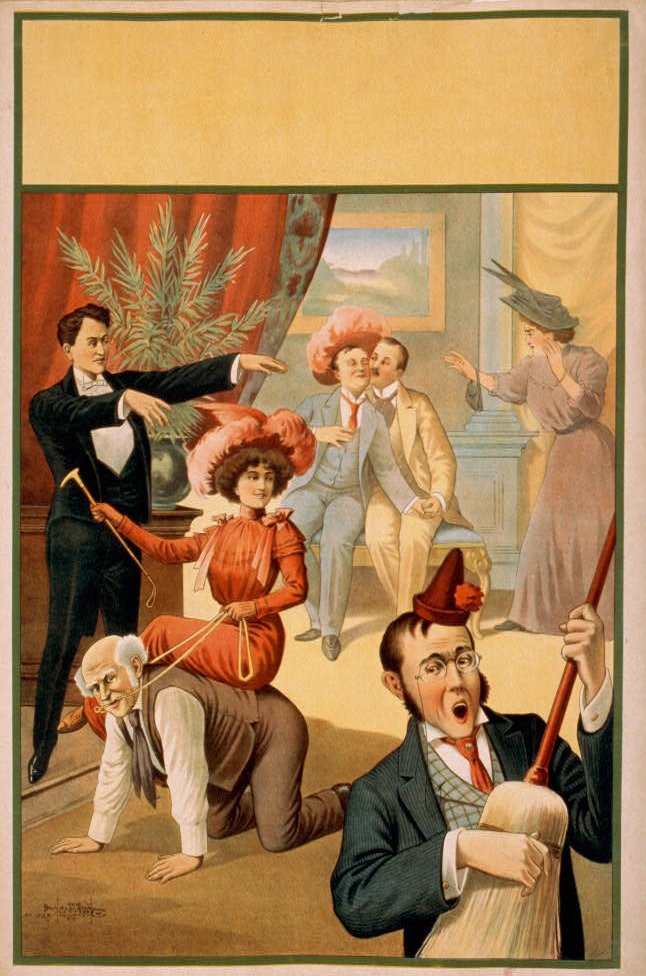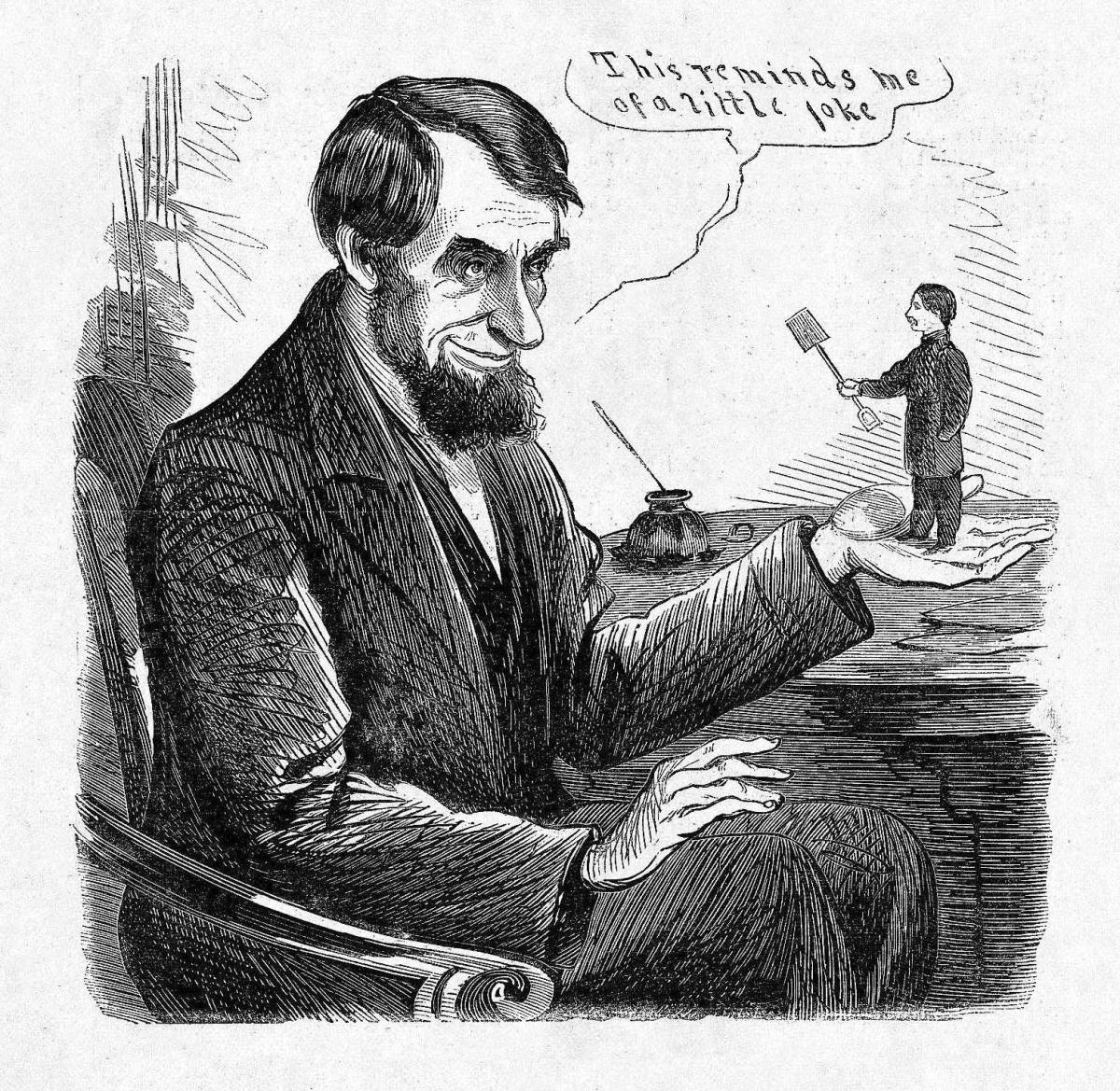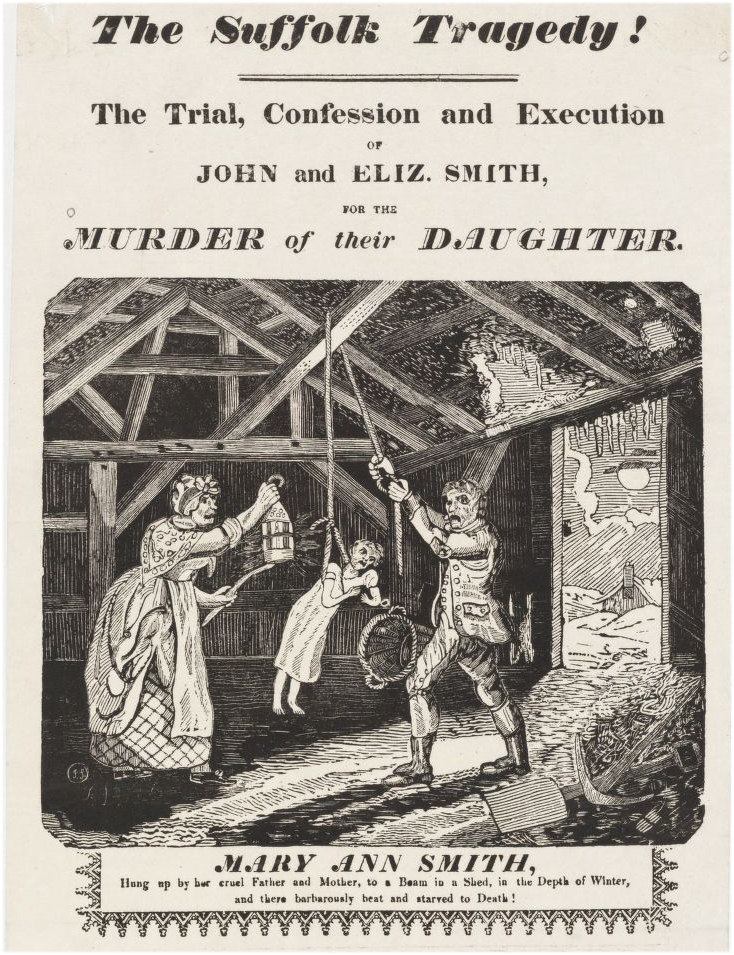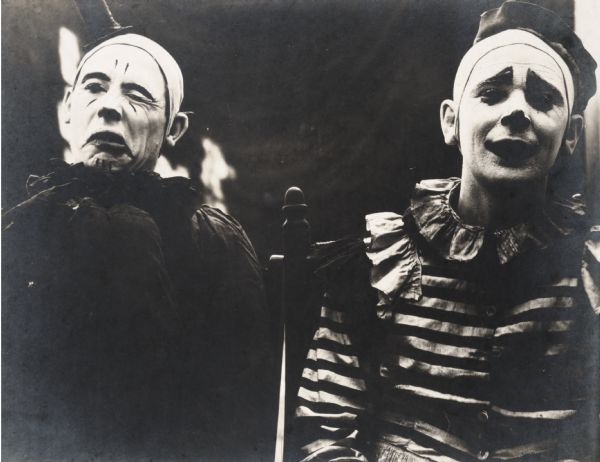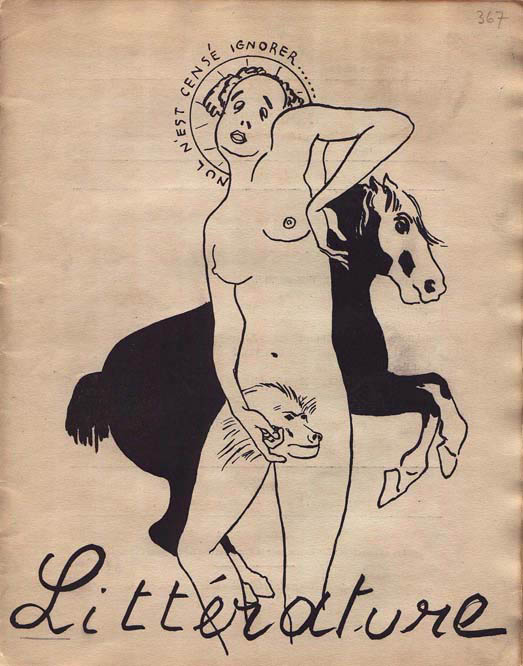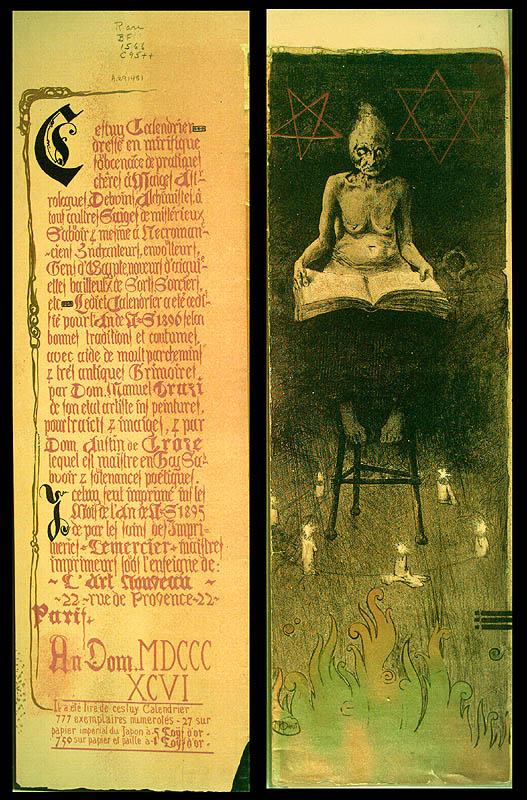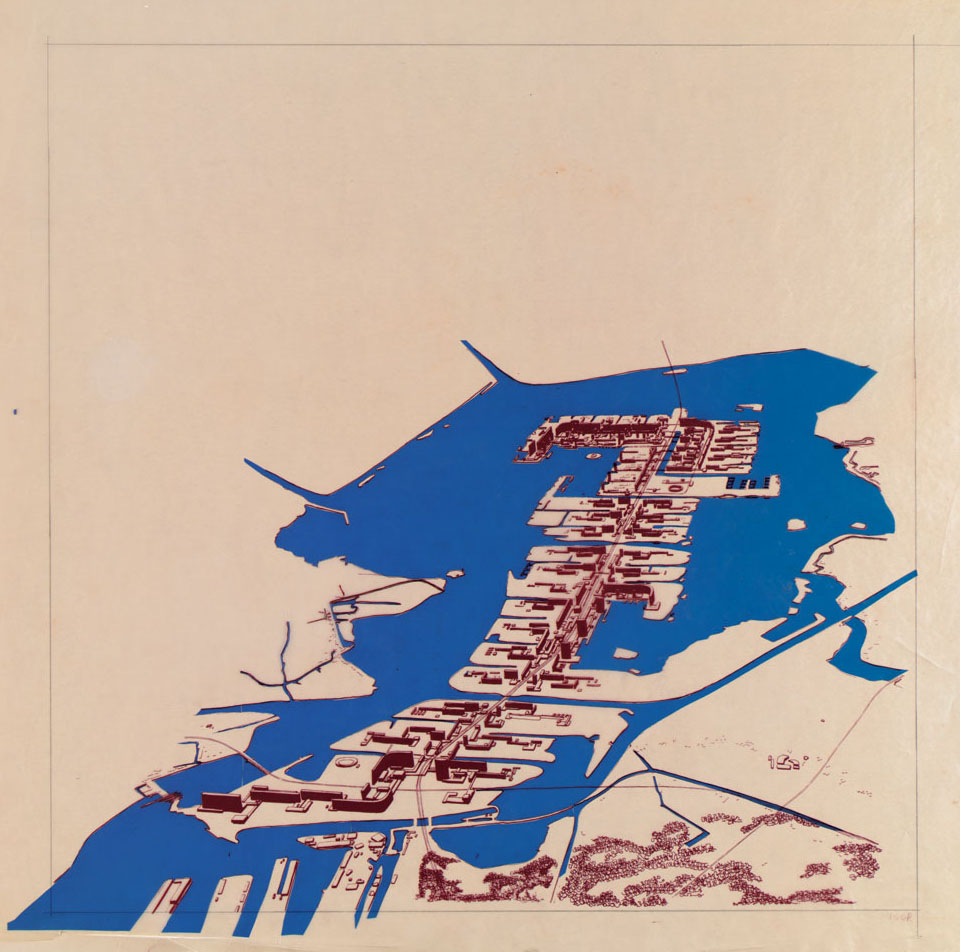
City on Pampus, Megastructure, by H. Klopma and J.B. Bakema, from the architectural firm Van den Broek and Bakema, drawing, 1964 [link]
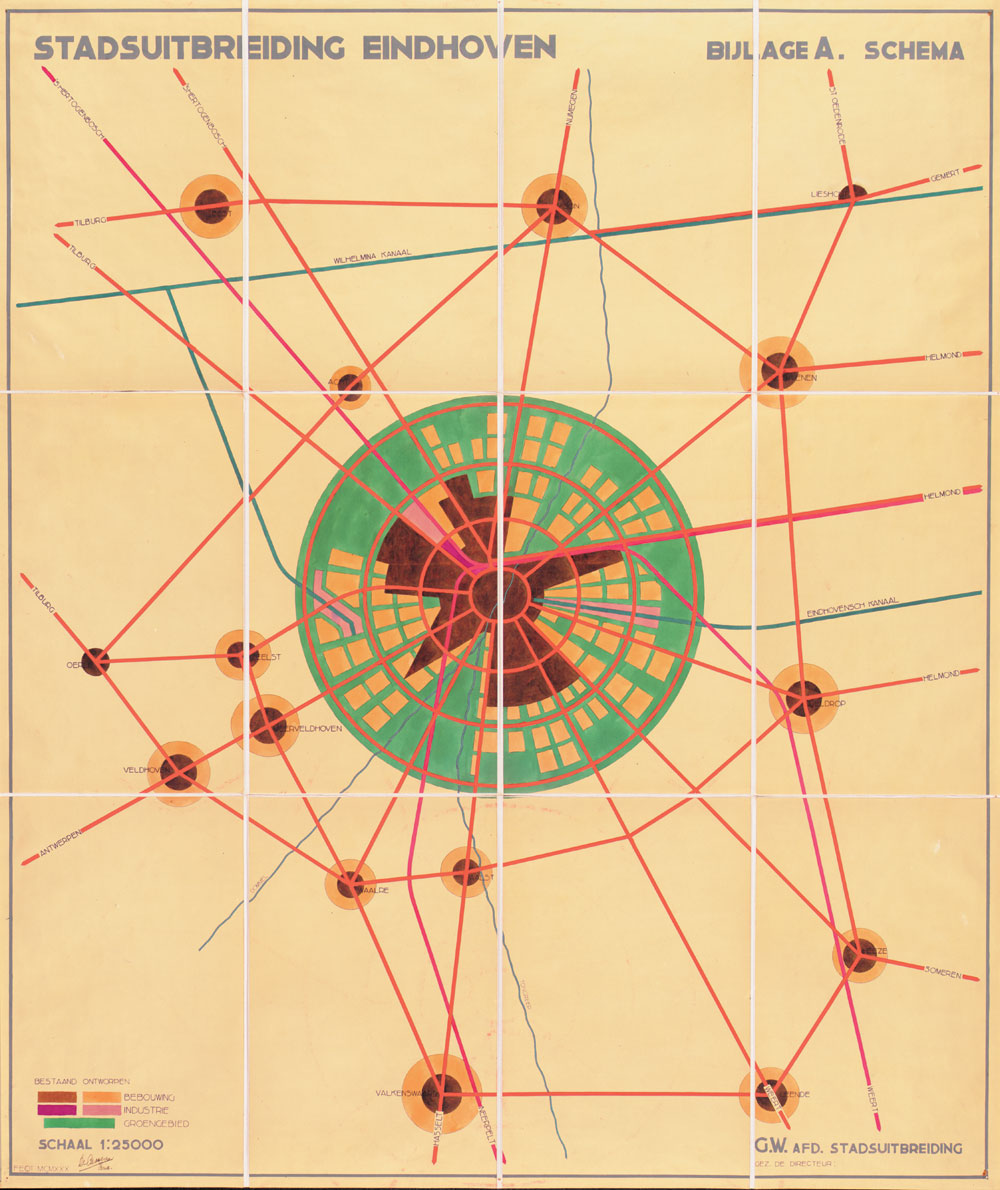
Eindhoven city expansion - an expansion model based on a regional concept, J.M. de Casseres, 1930 [link]
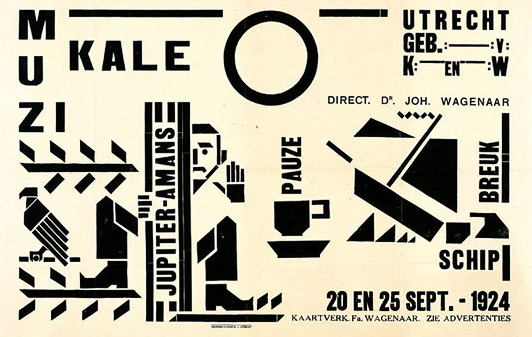
Utrecht Music Society, Jupiter Amans, Schipbreuk, PJ C Klaarhamer, 1924 [link]
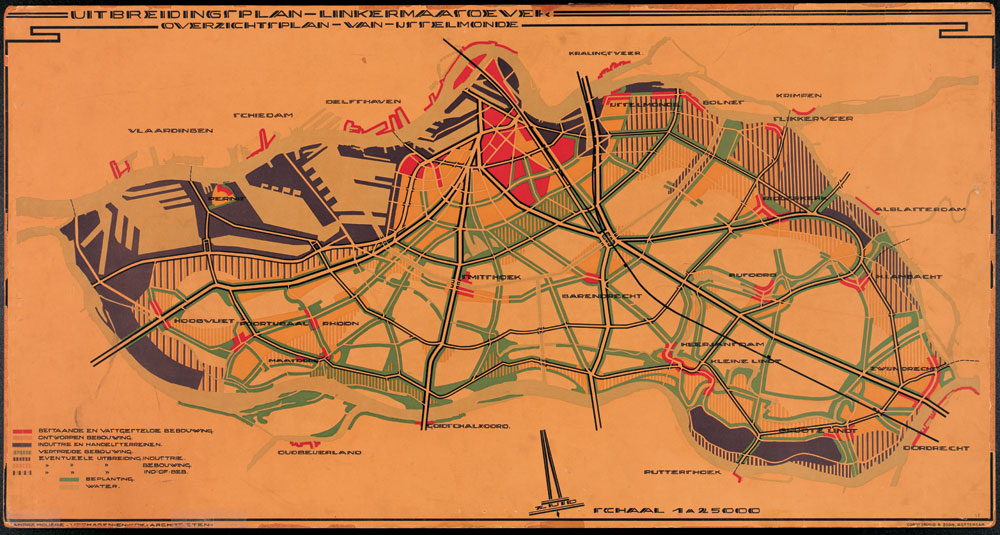
Expansion plan for the Left Bank of the Maas - Rotterdam map, Granpré Molière, Verhagen and Kok, 1921 [link]
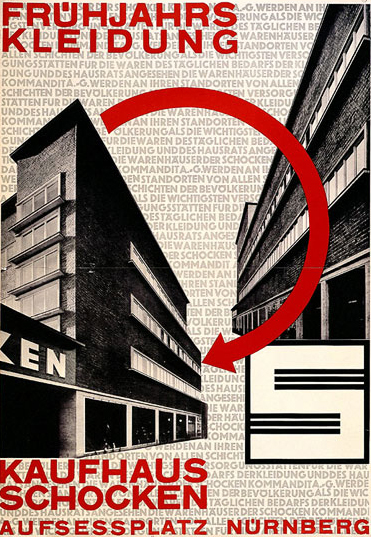
Spring Clothing from Schocken Store, Johan Niegeman, 1926 [link]
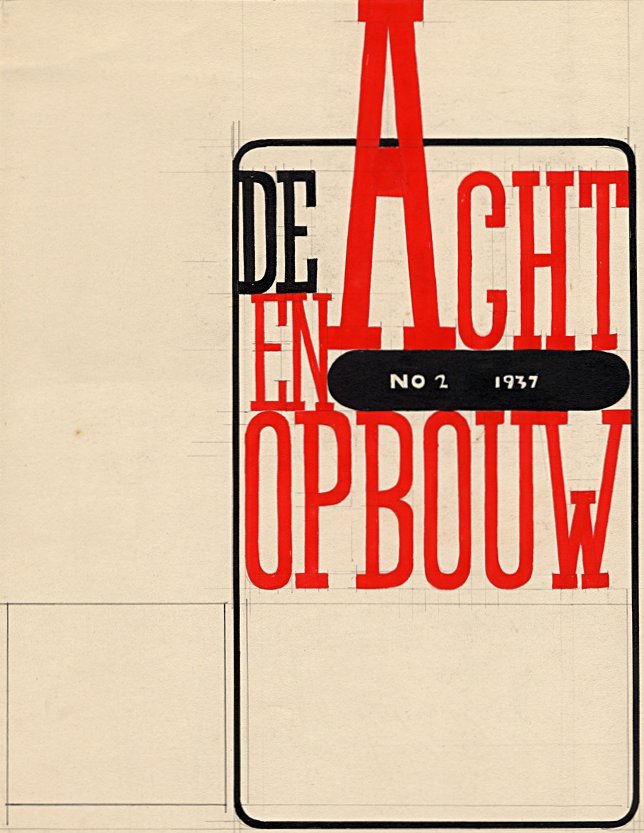
Cover of the magazine De 8 and Opbouw, W. la Croix, 1937 [link]
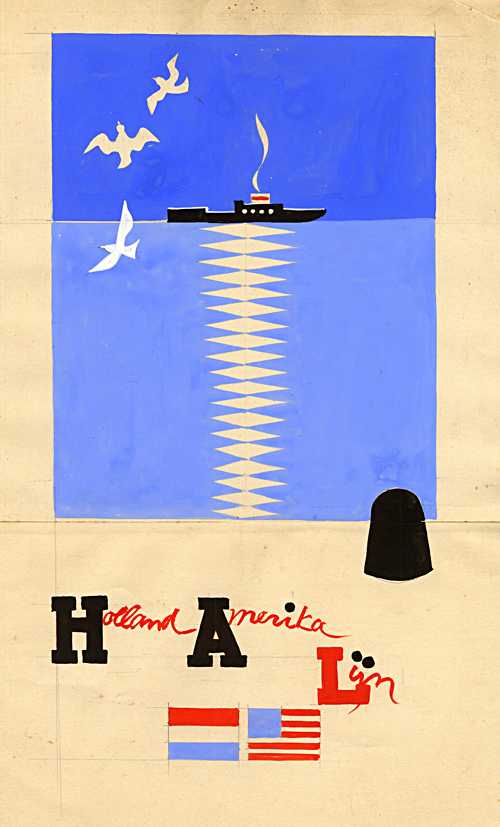
Holland America Line, W. la Croix, no date [link]
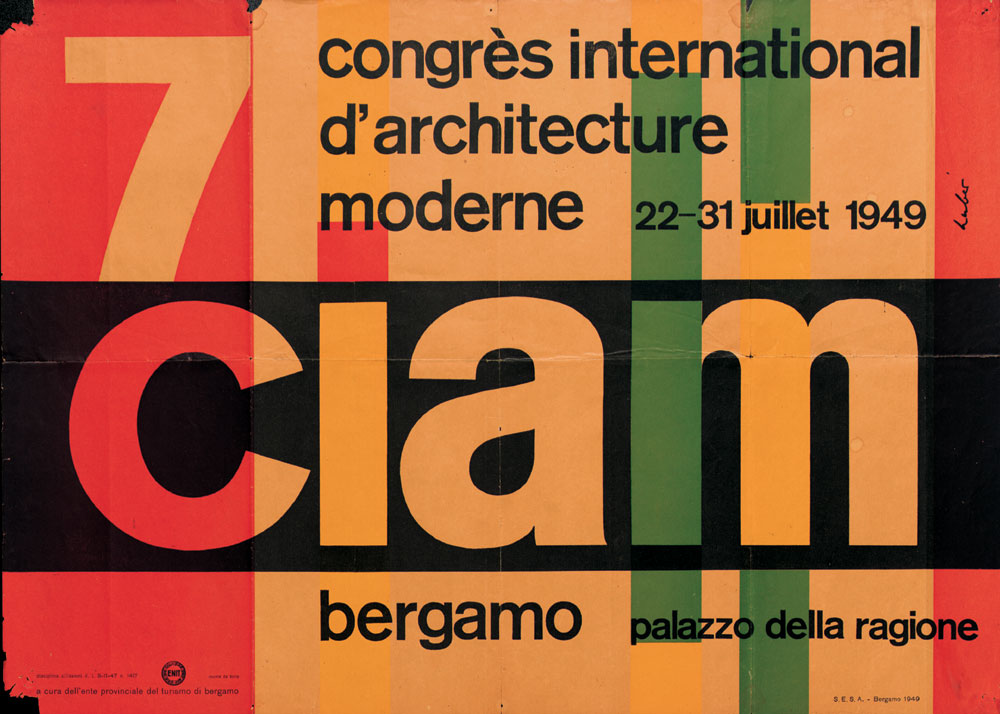
Poster for the seventh CIAM congress, Max Huber, 1949 [link]
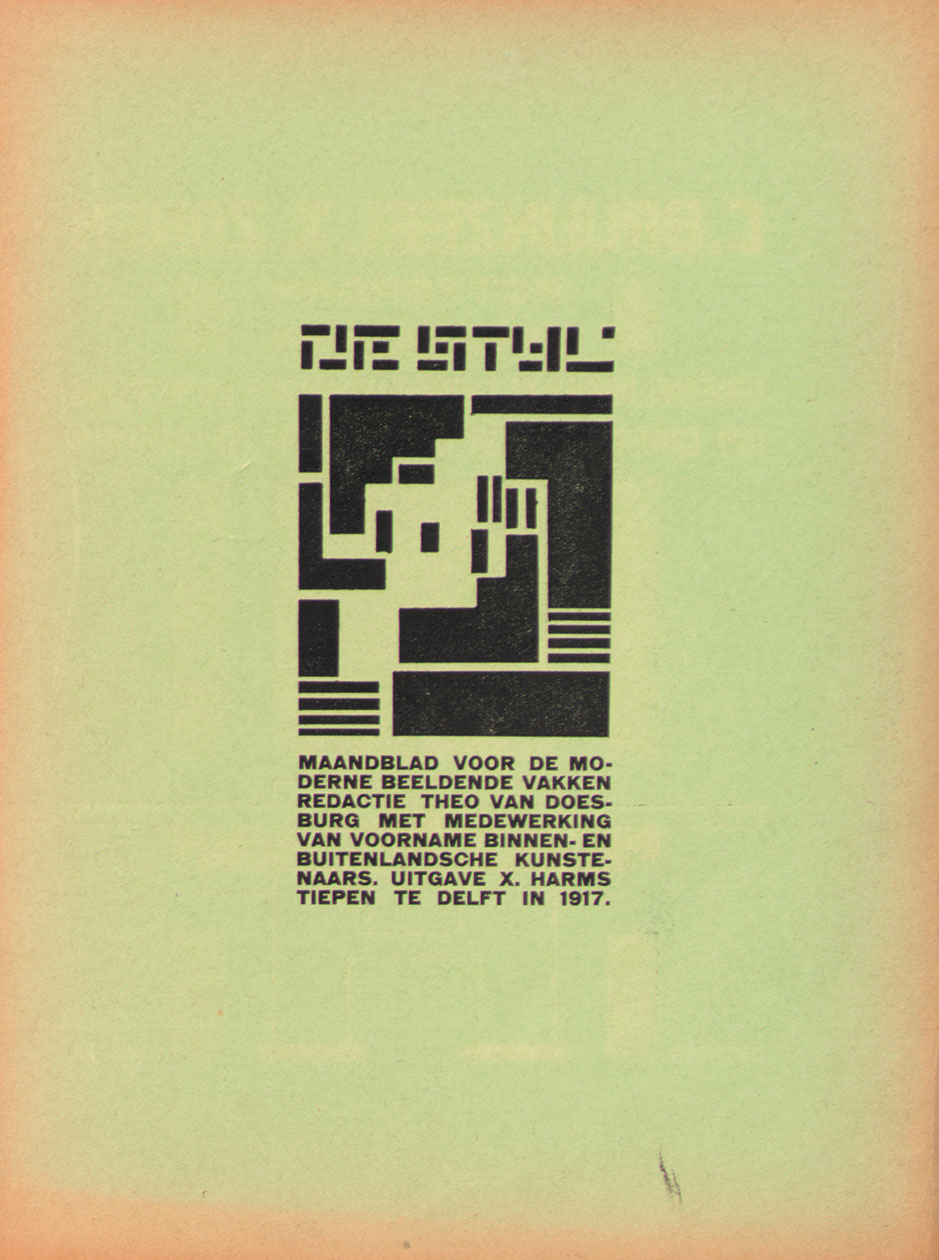
De Stijl magazine, Theo van Doesburg, 1917 [link]
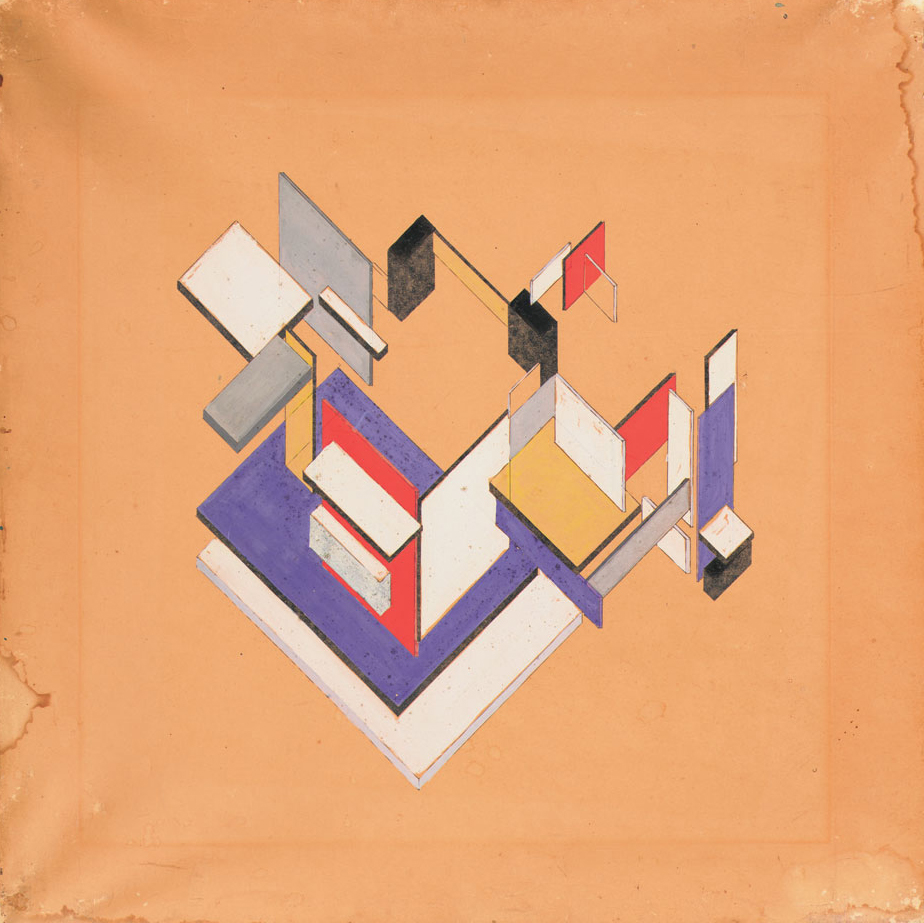
Contra-construction - Maison Particulière, Theo van Doesburg and architect Cornelis Van Eesteren, 1923 [link]
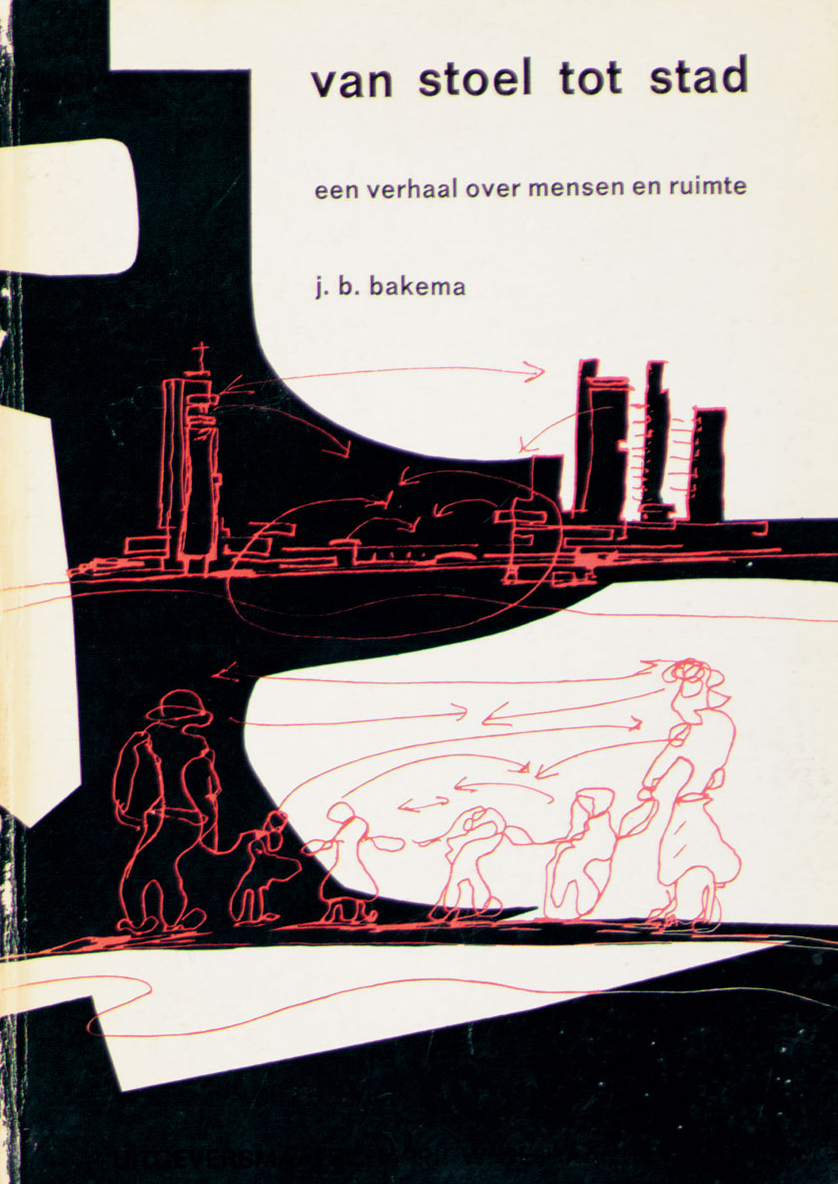
Van stoel tot stad, book, J.B. Bakema, 1964 [link]
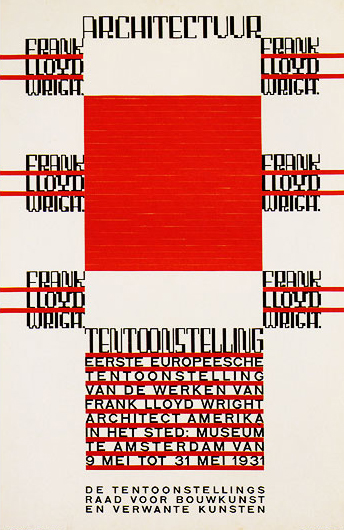
Architecture Exhibition on Frank Lloyd Wright,H. Th. Wijdeveld, 1931 [link]
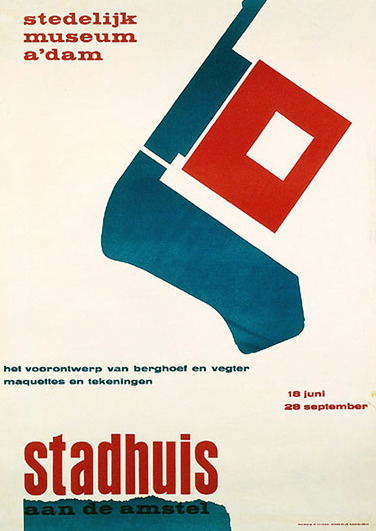
City Hall on the Amstel, Wim Brusse, 1958 [link]
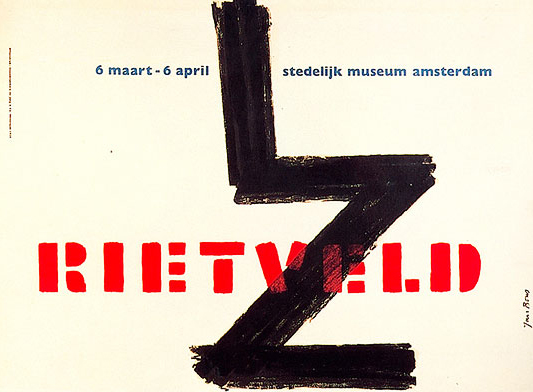
Rietveld, Jan Bons, 1959 [link]
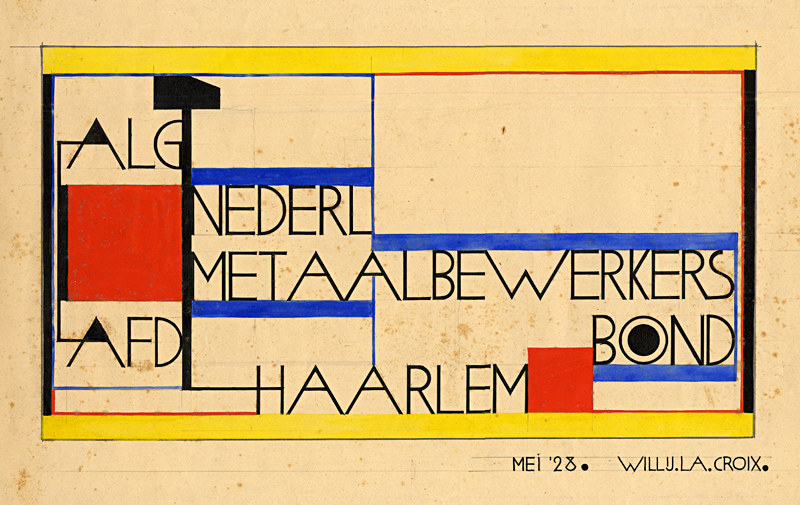
Metal Workers’ Union, W. la Croix, 1927 [link]
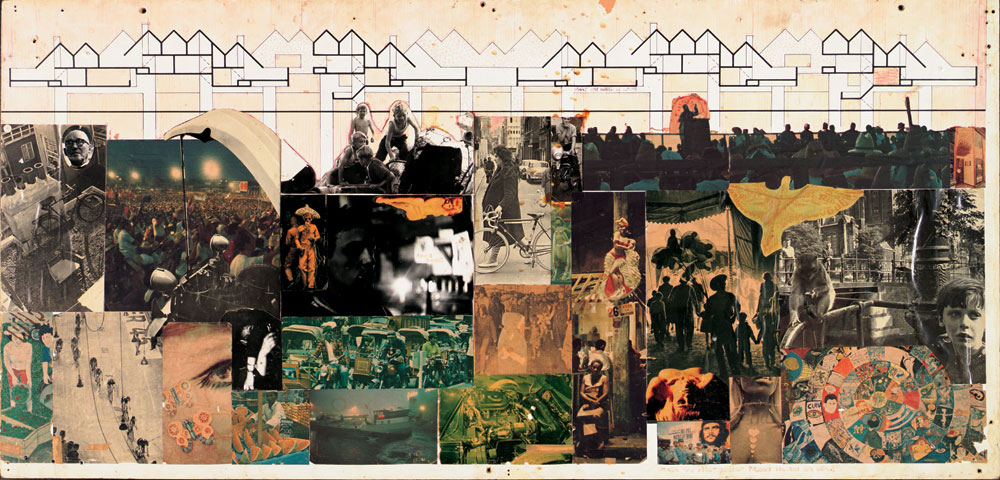
Dwelling as an urban roof, collage, Piet Blom, 1965 [link]
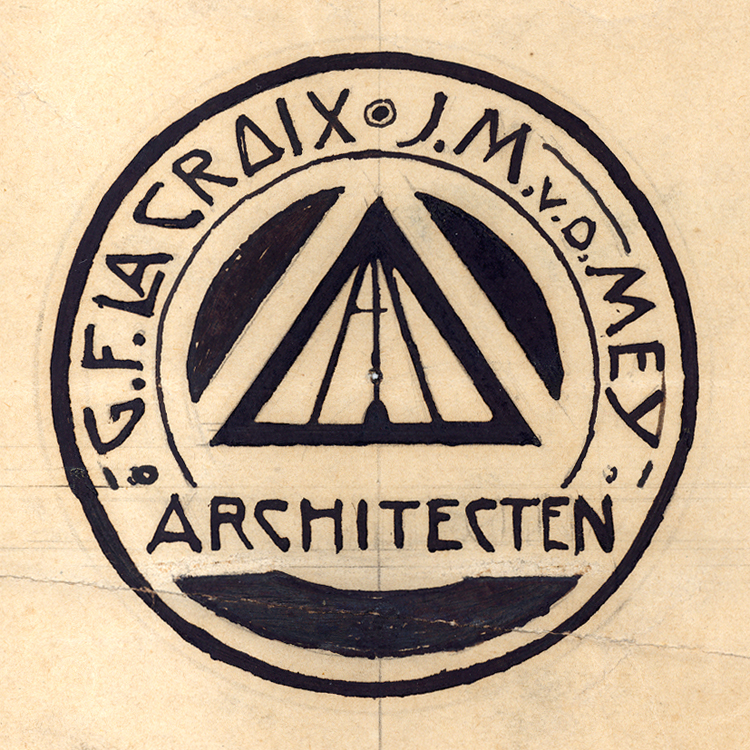
Design drawing for name stamp, G.F. la Croix and J.M. van der Mey, 1906 [link]
-
all images come from the Netherlands Architecture Institute's website [link]
